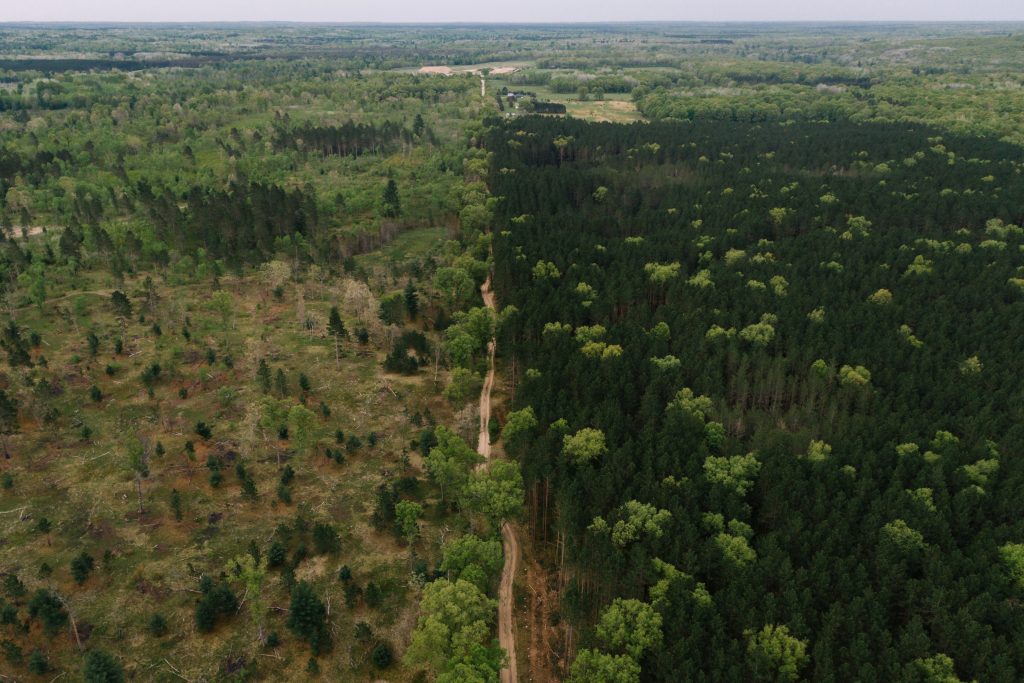Predators vs. Fire
Prescribed fire offers surprising fringe benefits to turkeys – not so much for predators.
Prescribed burning is not destructive to turkeys, but it does disperse some turkey predators, according to recently published research.
A study titled, “Frequent prescribed burns reduce mammalian species richness and occurrence in longleaf pine sandhills,” was published in the Feb. 1, 2024, issue of Forest Ecology and Management. It describes the effect of frequent prescribed burning on feral pigs, coyotes, raccoons and armadillos. The authors are Wesley W. Boone, Brittany A. Bankovich, Brian E. Reichert, Mandy B. Watson and Michael A. McCleery.
The study was conducted with automatically triggered cameras at five sites on public land in northeastern Florida and the Florida Panhandle. The majority of each site was burned in wide-ranging intervals.
Over 3,960 days and nights, the “camera trapping” occurred at 990 camera points on 110 camera grids. Bait was not used at the camera-trapping sites to avoid unnaturally influencing wildlife behavior. As burn frequency increased, the occurrence of all mammals decreased except for fox squirrels.
Dr. Michael Chamberlain, the National Wild Turkey Federation Distinguished Professor at the University of Georgia, said the findings of that project are consistent with observations from separate projects.
“I’ve done quite a bit of work involved with looking at how prescribed fire influences the use of habitats by various animal communities,” Chamberlain said. “By default, that involved collecting data on animals responding to prescribed fire within their home ranges.”
Consistently, raccoons strongly avoid freshly burned areas for lengthy periods, Chamberlain said.
“In general, predators including raccoons, coyotes and bobcats were less abundant in areas managed with fire,” Chamberlain said in an email. “However, both bobcats and coyotes selected recently burned stands, although this selection wanes through time. Raccoons generally avoid areas managed intensively with fire.”
Turkeys prefer to nest in stands managed with prescribed fire, Chamberlain said. One might assume that raccoons would orient to a target-rich environment, but Chamberlain said that does not appear to be the case.
“We set up experiments to see if raccoons were exhibiting foraging behaviors in areas where turkeys nest,” Chamberlain said. “Are raccoons going to areas where they are likely to encounter nests and spending a lot of time in those areas? The answer is no. They use areas where they encounter soft mast and invertebrates.
“Our results implied to us that nest predation with raccoons was somewhat random,” Chamberlain added. “If they find a nest or smell a hen, they will check out the odor and eat the nest. We’ve seen the same thing with other predators. It appears that nest predation is a random occurrence. Turkey nests are a valuable prey source, but they are not abundant enough to be a consistent prey source.”
Coyotes also avoid recently burned areas, but for a shorter amount of time, Chamberlain said.
“The research on coyotes is different,” Chamberlain elaborated. “Coyotes tend to hunt with their noses and eyes, and they can chase animals. They are well-adapted to using areas managed by fire. Where vegetation is less dense, it offers a greater opportunity to chase prey. They tend to consume more deer in areas where they can chase them. As vegetation gets denser and thicker, they are less successful in chasing down deer.”
These findings validate prescribed burning as a vital component in the NWTF’s Habitat for the Hatch 10-year initiative to improve forest and field health and resiliency through active management in the southeastern United States. The target is more than 1 million improved acres by 2033.
It is well-established that wild turkeys forage, nest and raise broods in areas that are managed with prescribed burning. Burning’s positive effect on mammalian species from a turkey’s perspective enhances the benefits of this cost-effective, results-effective forest management tool.

